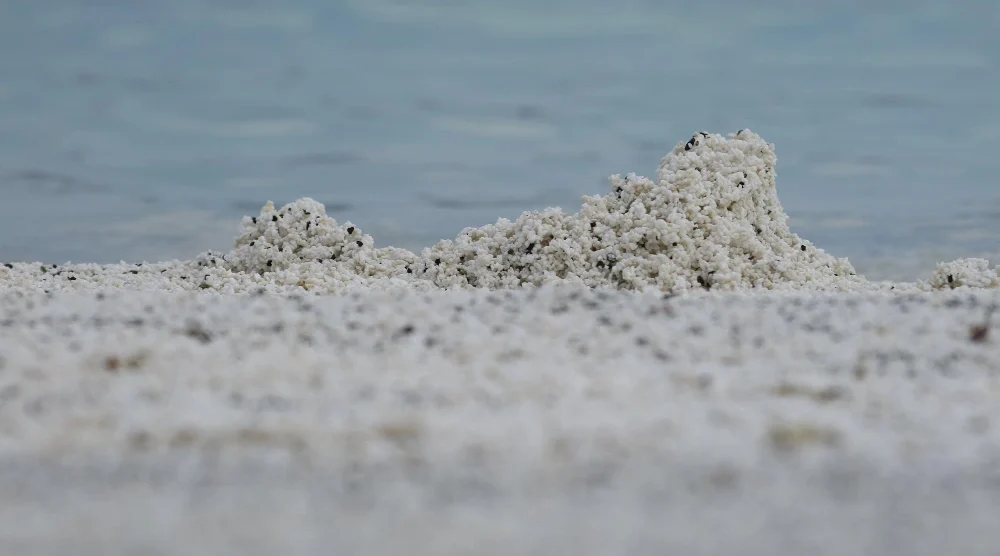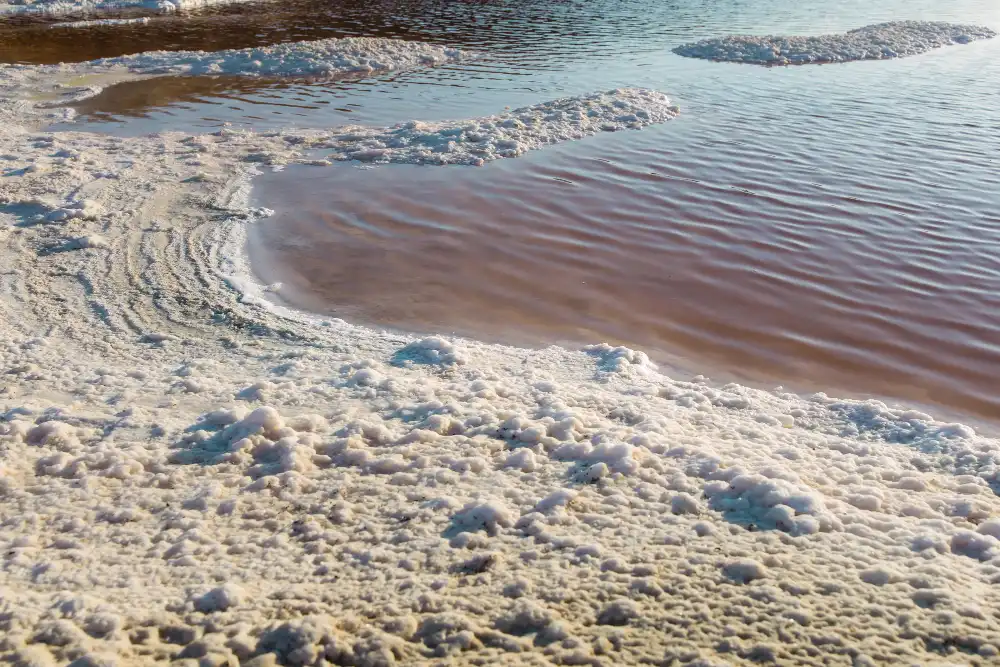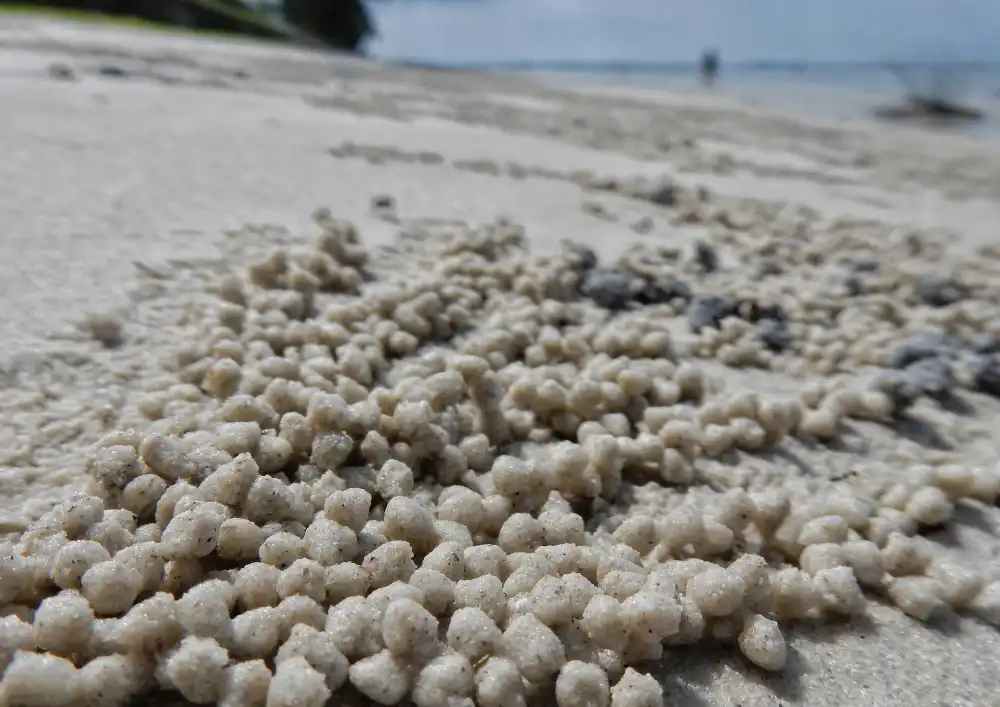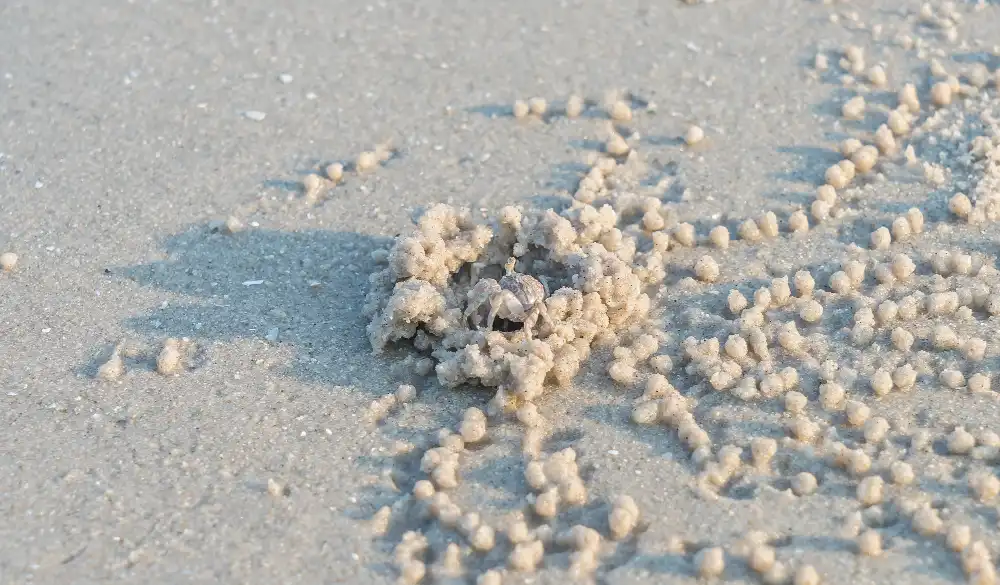
The Next Manila Bay Project: Should Silica Sand Be Considered?
Introduction: Manila Bay’s Ongoing Transformation
Manila Bay has long been at the heart of Metro Manila’s environmental and development discussions. Known for its stunning sunsets yet plagued by pollution, the bay has seen several restoration initiatives, the most notable being the Dolomite Beach project. As talks of the next phase in Manila Bay’s rehabilitation surface, the possibility of using silica sand has emerged as a topic worth exploring. But with the silica sand price in Philippines fluctuating and environmental concerns mounting, should this material be part of the next big project?
1. Manila Bay and the Quest for Sustainable Shoreline Solutions
The Dolomite Beach in Manila Bay sparked nationwide conversations about coastal engineering, tourism, and environmental preservation. While dolomite created a visually appealing coastline, questions about its long-term effectiveness have lingered.
The Department of Environment and Natural Resources (DENR) has hinted at continuing efforts to enhance Manila Bay’s shores, possibly with alternative materials like silica sand. However, deciding whether this is the right move requires careful consideration of its cost, benefits, and potential role in mitigating Manila floods.

2. What Is Silica Sand and Why Is It Important?
Silica sand, also known as industrial sand, is composed mainly of silicon dioxide (SiO₂). It’s widely used in construction, glassmaking, water filtration, and even in creating artificial beaches.
Key properties include:
- Durability: Withstands weathering and wave action.
- Versatility: Used in both industrial and environmental projects.
- Light Color: Creates a bright, attractive beach aesthetic.
In the Philippines, the silica sand price varies depending on quality, grain size, and sourcing location, factors that would be crucial if it were to be used in the next Manila Bay enhancement.
3. Comparing Silica Sand to Dolomite
The Dolomite Beach project has set a precedent for shoreline beautification. But could silica sand perform better? Let’s compare:
| Criteria | Dolomite | Silica Sand |
|---|---|---|
| Aesthetic appeal | White, powdery texture | Light beige to white |
| Durability | Moderate | High resistance to erosion |
| Environmental impact | Controversial | Varies, depending on sourcing |
| Cost | Stable price | Silica sand price in Philippines may fluctuate |
While dolomite provided instant visual improvement, some argue silica sand could offer greater resilience against Manila floods by enhancing natural drainage and resisting erosion over time.

4. The Role of Silica Sand in Flood Mitigation
One of Manila’s most pressing problems is flooding, especially during the rainy season and typhoons. Manila floods have been exacerbated by poor drainage systems, land reclamation, and storm surges from the bay.
Silica sand could potentially help in two ways:
- Improved Water Percolation: Its grain structure allows water to seep through more easily, reducing surface runoff.
- Stronger Shoreline Barriers: It could act as a buffer against wave action, helping protect coastal roads and infrastructure.
However, while promising, these benefits would need to be backed by engineering studies before widespread use in Manila Bay.
5. Economic Considerations: The Silica Sand Price in Philippines
For any large-scale coastal project, cost is a major factor. The silica sand price in Philippines can range from ₱1,500 to ₱4,500 per metric ton depending on:
- Source location (local vs. imported)
- Grain size and purity
- Transportation costs
Given the size of the Manila Bay shoreline, the total project budget would need careful allocation to ensure both quality and quantity without overspending.
6. Environmental and Legal Implications
Before importing or mining silica sand, environmental laws and regulations must be considered. The Philippines has strict rules on quarrying and mineral extraction to protect ecosystems.
Potential concerns include:
- Habitat disruption at mining sites.
- Possible changes to Manila Bay’s sediment composition.
- Impact on marine life near Dolomite Beach and surrounding areas.
The DENR would need to conduct thorough Environmental Impact Assessments (EIAs) before approving silica sand as a primary material for the bay.

7. Public Opinion: Lessons from the Dolomite Beach Controversy
When Dolomite Beach was unveiled, it was met with mixed reactions—some praised the beautification, while others criticized the project’s environmental and financial cost.
Using silica sand could face similar scrutiny, especially if the silica sand price in Philippines is seen as too high compared to the benefits. Public engagement and transparent cost-benefit analysis would be essential to gaining support.
8. Case Studies: Silica Sand in Coastal Projects Worldwide
Several countries have used silica sand in beach nourishment projects:
- Singapore: Reclaimed land using imported sand for urban expansion.
- Florida, USA: Conducted regular beach replenishment with silica sand to combat erosion.
- Dubai, UAE: Created artificial islands with engineered sand.
These examples show that silica sand can be effective if sourced sustainably and engineered properly.
9. Could Silica Sand Improve Tourism in Manila Bay?
Tourism is a major driver for coastal beautification projects. An attractive, clean shoreline could encourage both local and international visitors, boosting the economy.
If silica sand proves more durable than dolomite, it could help maintain the bay’s appeal longer, reducing maintenance costs and enhancing Manila Bay’s image beyond just the Dolomite Beach area.
10. Conclusion: Should Silica Sand Be Used for Manila Bay?
The debate over using silica sand for the next phase of Manila Bay development hinges on balancing cost, environmental impact, and long-term benefits.
Pros:
- High durability and resistance to erosion.
- Potential flood mitigation properties.
- Attractive, natural appearance.
Cons:
- Silica sand price in Philippines may be higher than dolomite.
- Possible environmental concerns from mining or importing.
- Public skepticism after the Dolomite Beach controversy.
Ultimately, if engineering studies confirm silica sand’s effectiveness in reducing Manila floods and maintaining shoreline integrity, and if costs remain within budget, it could be a worthy investment for Manila’s future.




